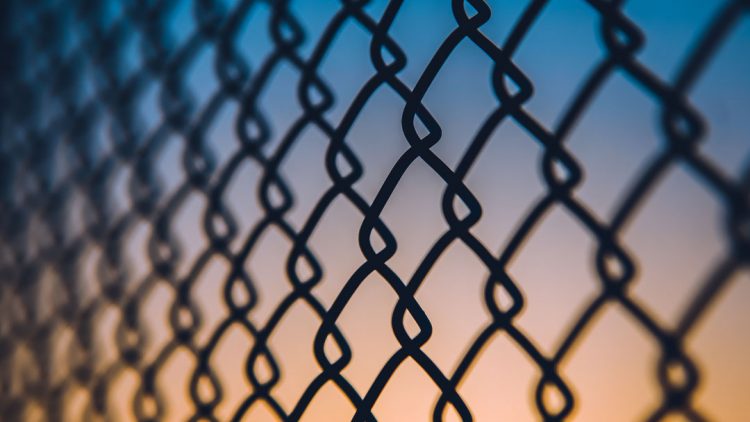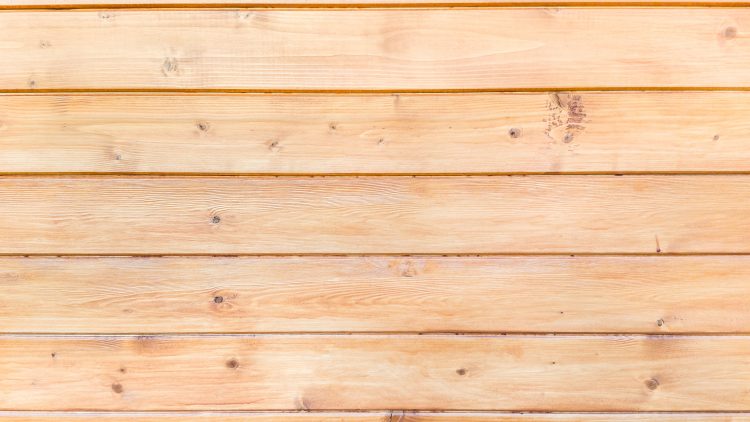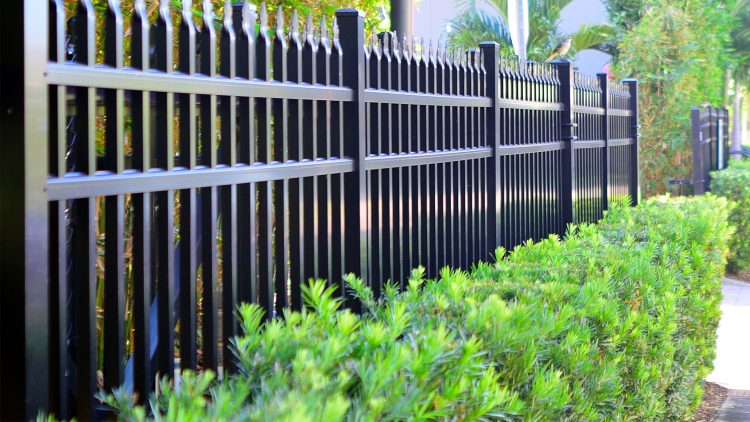Residential Chain Link Fence Pro’s and Con’s
Chain link fences are a popular choice for residential properties due to their affordability, durability, and ease of installation. Here’s a breakdown of the pros and cons to help you decide if it’s the right choice for your needs.
Pros of Chain Link Fences
- Affordability: Chain link fences are one of the most cost-effective fencing options, making them a popular choice for homeowners on a budget.
- Durability: These fences are typically made from galvanized steel, which resists corrosion, rust, and wear, especially if coated. They withstand various weather conditions and can last for decades with minimal maintenance.
- Low Maintenance: Unlike wooden fences, chain link requires minimal upkeep. Occasional cleaning and minor repairs, like replacing a damaged section, are usually all that’s needed.
- Easy Installation: Chain link fences are straightforward to install and can be set up relatively quickly, especially with professional assistance.
- Visibility: The open weave provides visibility through the fence, making it easy to see beyond your property, which can help monitor kids or pets. It also means it won’t block natural light.
- Security: Chain link fences provide a moderate level of security, especially if installed at a higher height. They act as a barrier to deter intruders and can be modified with additional security features like barbed wire.
- Variety of Options: Chain link fences come in different gauges (thickness) and heights. They can also be coated in various colors (such as black or green) to blend in with landscaping or enhance curb appeal.
Cons of Chain Link Fences
- Lack of Privacy: Chain link fences offer little to no privacy due to their open design. This can be mitigated by adding privacy slats or using a privacy screen, but it may reduce the aesthetic appeal.
- Aesthetics: While functional, chain link fences are often considered less attractive than other types of fencing, such as wood, vinyl, or ornamental metal. Some homeowners feel they give a more industrial or utilitarian look.
- Potential for Rust and Corrosion: Although galvanized and coated, chain link fences can still corrode over time, especially in coastal areas where salt exposure is high.
- Limited Sound Barrier: Unlike wooden or vinyl fences, chain link fences do not significantly reduce noise, so they might not be ideal for homes near busy streets or noisy neighbors.
- Security Limitations: While chain link fences provide a deterrent, they can still be relatively easy to climb, especially if they’re lower in height. They offer less security compared to taller, solid-panel fencing options.
- Can Deteriorate in Appearance: Chain link fences can show wear over time, especially in areas with extreme weather. If the fence becomes bent, sagging, or rusty, it may detract from curb appeal.
Chain link fences are a practical, budget-friendly choice for homeowners seeking a durable, low-maintenance fencing option that offers security without blocking views. However, they lack privacy, can be less aesthetically pleasing, and provide limited sound insulation. Consider your specific needs (privacy, budget, aesthetics, etc.) when deciding if a chain link fence is the best option for your property.
How Long Do Chain Link Fences Last?
Chain link fences typically last between 15 to 20 years, although with proper care, they can sometimes last up to 30 years or more. The lifespan of a chain link fence depends on several factors:
- Material Quality: Fences made from high-quality, galvanized steel with a vinyl or powder coating resist rust and corrosion better, extending their lifespan.
- Coating: A vinyl or powder coating adds a protective layer to the metal, further protecting it from rust and corrosion. Coated chain link fences tend to last longer than bare metal.
- Climate: Extreme weather conditions, like heavy rain, snow, salt exposure, and high humidity, can reduce the lifespan. Coastal areas, in particular, may lead to faster corrosion.
- Maintenance: Regular maintenance, like cleaning, checking for rust, and repairing damage promptly, can add years to a chain link fence’s life. Removing debris, especially from the base, also helps prevent rusting at ground level.
- Installation Quality: Proper installation, including setting the posts deeply and securely in concrete, ensures the fence remains sturdy over time.
With good-quality materials and regular upkeep, chain link fences are a durable choice and can protect and serve your property for decades.
Can I Paint A Chain Link Fence?
Yes, you can paint a chain link fence, and it’s a great way to refresh its appearance and protect it from rust. Here’s a step-by-step guide to painting a chain link fence effectively:
Steps to Paint a Chain Link Fence
- Choose the Right Paint:
- Use a rust-inhibiting metal paint that’s weatherproof and designed for outdoor use.
- Spray paint or brush-on paint both work, but spray paint provides faster, more even coverage for the mesh.
- Clean the Fence:
- Remove dirt, rust, and debris from the fence. Use a wire brush to scrape off any loose rust or old paint.
- Wash the fence with water and soap or a degreaser, and let it dry completely. A power washer is also effective.
- Apply Primer (optional but recommended):
- Use a primer for metal surfaces, especially if there’s rust. A primer will help the paint adhere better and increase durability.
- Let the primer dry thoroughly according to the manufacturer’s instructions.
- Paint the Fence:
- Use a spray gun or paintbrush. Spray painting is faster and can get into the small links easily, though it might require more paint.
- Apply at least two thin coats, allowing each coat to dry completely.
- Let it Dry:
- Allow at least 24 hours for the paint to dry completely before touching the fence or exposing it to heavy moisture.
Tips for a Good Finish
- Choose a Weather-Friendly Day: Paint in mild, dry weather for the best results.
- Protect Surroundings: Place a drop cloth or cardboard around the fence area to catch any overspray.
- Use a Stepladder if needed to reach all parts of the fence evenly.
Painting a chain link fence can enhance its appearance, provide extra rust protection, and make it blend better with your landscaping.



